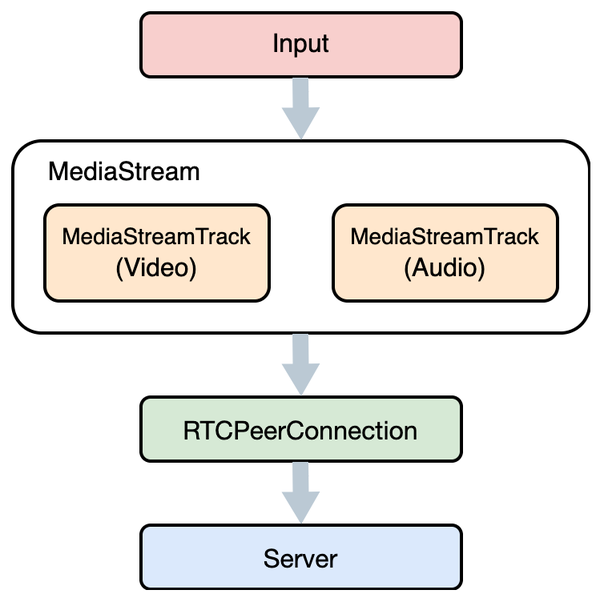
There are two main ways to implement live streaming on the Web, one is through Flash, the other is through WebRTC . At present, mainstream browsers have given up support for Flash, and Chrome has completely disabled Flash since version 88. Therefore, using WebRTC for live streaming has become the best choice on the Web.
Through WebRTC, a website can establish a point-to-point connection between a browser and a browser, a browser and a server without the aid of an intermediary, and realize the transmission of video streams and audio streams or other arbitrary data.
In live streaming scenarios, users can start live streaming by opening a web page without the help of streaming software such as OBS.
Push flow principle
The underlying implementation of WebRTC is very complex, but the use on the Web is very simple, and only a small amount of code is required to achieve peer-to-peer connection and data transmission. Browsers abstract complex WebRTC functionality into three main APIs:
- MediaStream
…
The post Technical Decoding | In-depth analysis of the implementation of Web OBS first appeared on Lenix Blog .
This article is reprinted from https://blog.p2hp.com/archives/9483
This site is for inclusion only, and the copyright belongs to the original author.